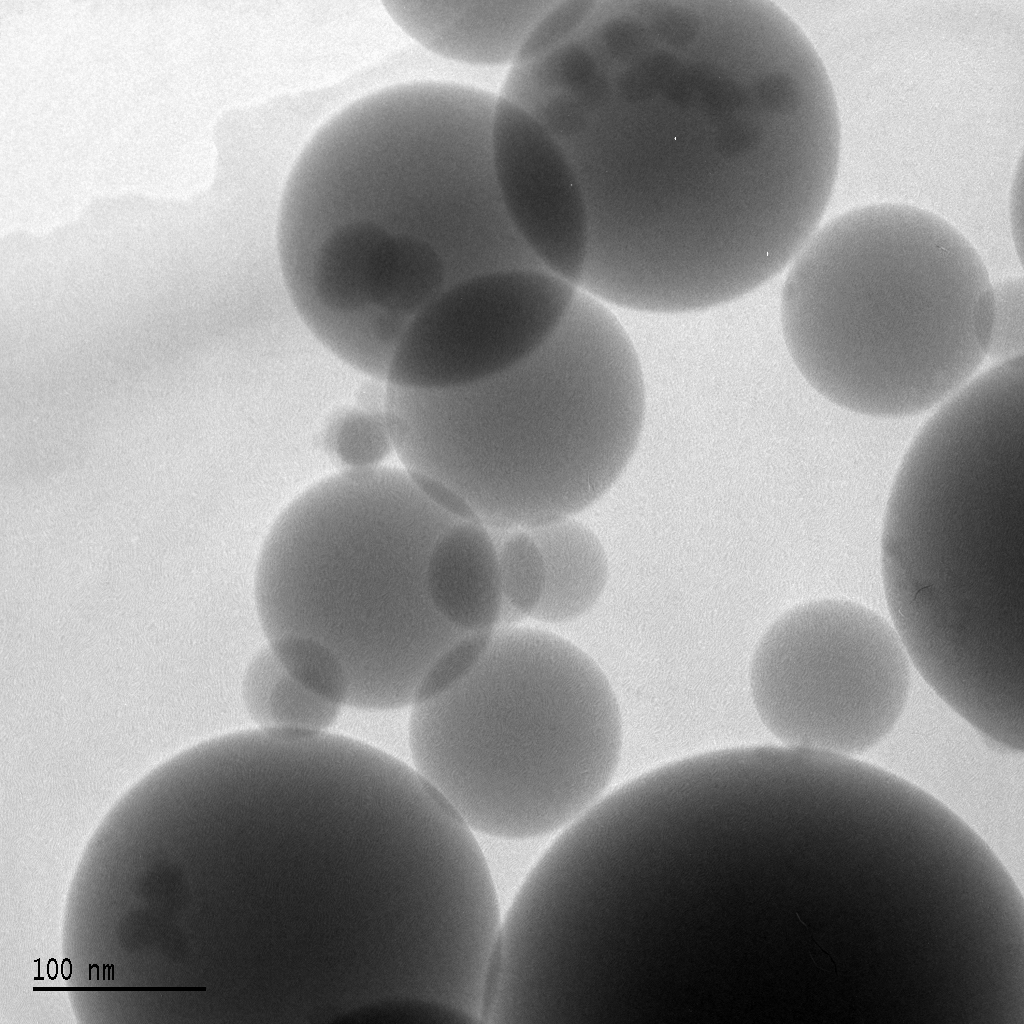
We’re wondering whether using metal-infused filaments in personal 3D printers is actually a safe thing to do.
Many metals are toxic to humans, or even explosive. This is why advanced industrial metal 3D printers are so expensive: they must encapsulate the build process in a sealed chamber that is oxygen free to prevent undesirable chemical reactions. Plus they must carefully manage the finely powdered metals so that it does not escape into the air where small metal particles could be inhaled by passers-by.
The industrial 3D printers have these problems well under control by devising complex (and expensive) systems to manage powder before, during and after the printing process.
But what about personal 3D printers?
These printers do not 3D print metal; in fact, they are mostly designed to print simple plastics like ABS and PLA. But recently several plastic filament providers have invented hybrid filaments that contain metal particles. You can, for example, purchase a “bronze” filament, which is a mix of standard PLA plastic with a specific ratio of finely ground bronze particles.
These embedded particles are printed alongside the plastic, which acts as a carrier for the metal bits. Completed prints take on some metallic characteristics, such as added weight and the ability to polish the surface, which will have some exposed metal particles.
So could this be dangerous?
The temperature of a typical hot end is usually less than the melting point of most metals and certainly well below the boiling point, so there’s limited risk of direct metal vapors. If there were, we might expect to see metal fume fever occurring.
The lowest melting temperature of common metals are:
- Tin: 232C
- Bismuth: 271C
- Lead: 327C
- Zinc: 419C
Note that some of these are in the temperature envelope of personal 3D printer hot ends.
However, we do know that personal 3D printers not having filtered air mechanisms will emit nanoparticles during the heating process. Studies have shown PLA printing emits far fewer particles than during ABS printing, something your nose can often detect.
However, we’re wondering if some of these nanoparticles can carry stray metal particles along with them? We don’t have a chemist on staff, nor have we found any studies in this area. It may be that some regions, such as California, may have regulations that could affect use of metal 3D filament.
Is this fear unfounded? Perhaps, but in the meantime we’re going to be careful by not printing unless there is more than suitable ventilation present.
Image Credit: Wikipedia

